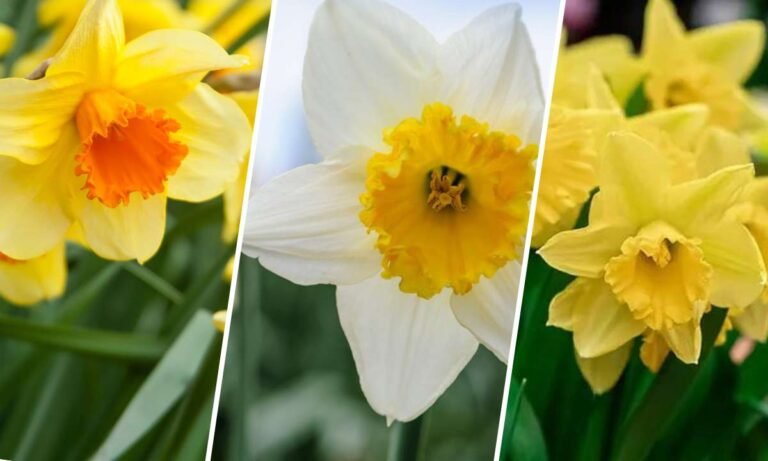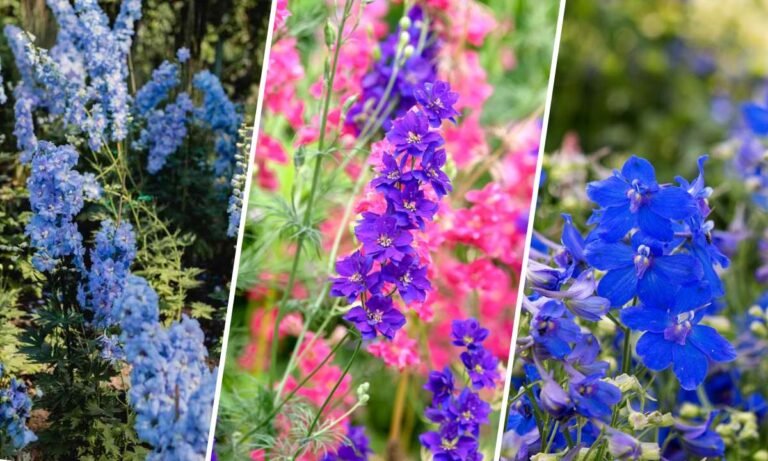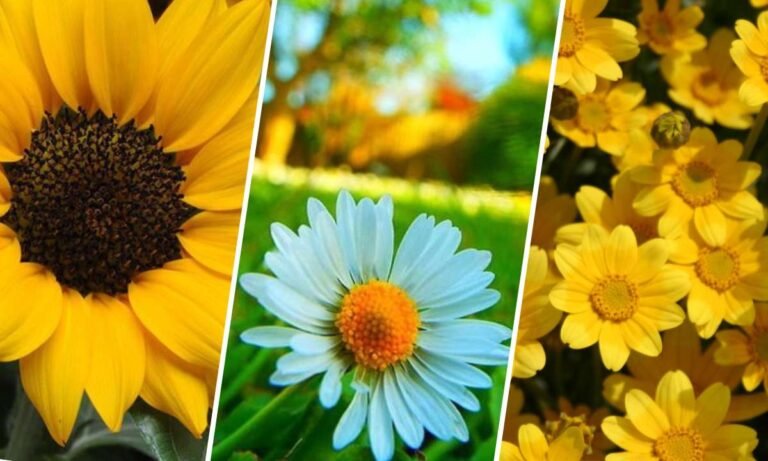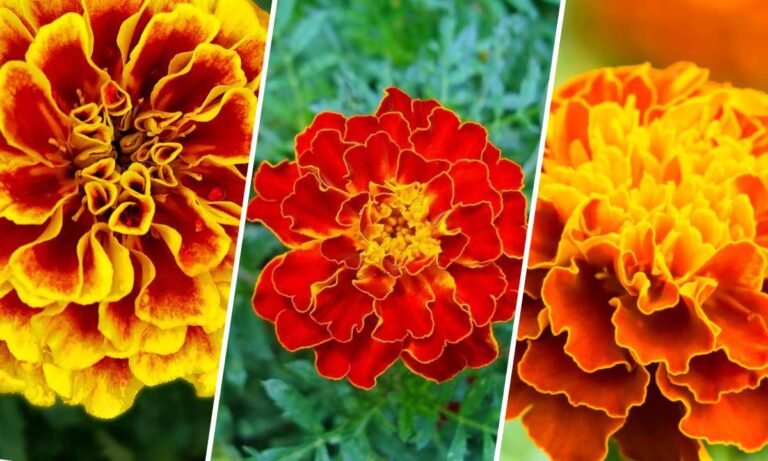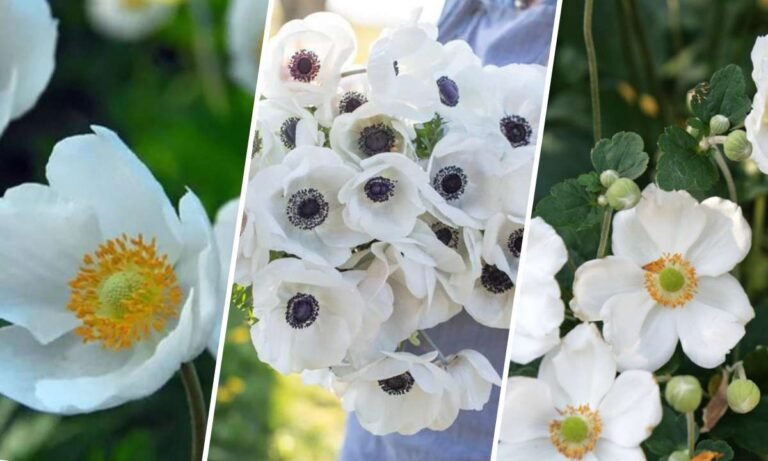Introduction to Dianthus Flowers
Dianthus, commonly known as pinks, includes over 300 species of flowering plants in the Caryophyllaceae family. These charming flowers, recognized by their frilled edges and delightful fragrance, have been cherished for centuries. From gardens to bouquets, Dianthus flowers add an elegant touch to any setting. But beyond their beauty, Dianthus flowers carry deep meanings and rich symbolism that make them truly special.
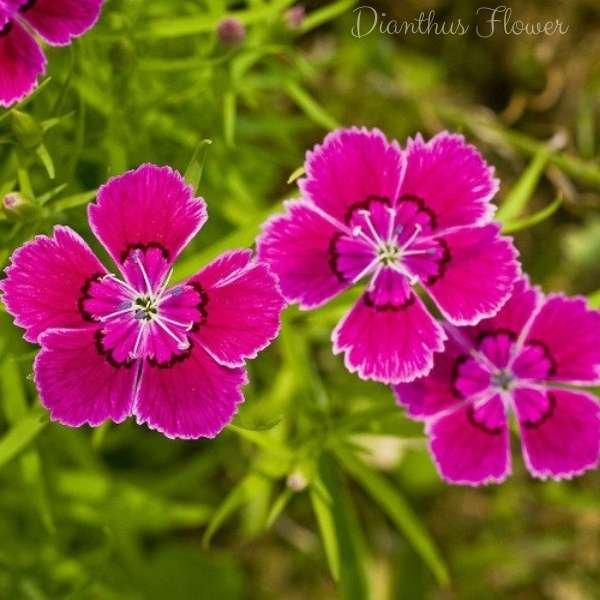
Origins and Historical Significance
Botanical Background
Dianthus flowers are native to Europe and Asia, with some species found in North Africa and arctic North America. The name Dianthus comes from the Greek words “dios” (divine) and “anthos” (flower), meaning “divine flower.” This name was given by the ancient Greek botanist Theophrastus, highlighting the flower’s esteemed status in classical times.
Cultural Importance
In ancient Greece, Dianthus flowers were linked to the gods and often used in ceremonial garlands and decorations. The Romans also used these flowers in their religious practices. During the Renaissance, Dianthus flowers symbolized the virtues of the Virgin Mary in Christian art, emphasizing their sacred connotations.
Symbolism of Dianthus Flowers
Love and Admiration
Dianthus flowers primarily symbolize love and admiration. Their delicate petals and enchanting fragrance make them a popular choice for expressing romantic feelings. In the Victorian language of flowers, a bouquet of pink Dianthus could convey deep affection and longing.
Passion and Enthusiasm
Red Dianthus flowers, with their vibrant color, symbolize passion and enthusiasm. These blooms are perfect for occasions where intense emotions are expressed, such as anniversaries or declarations of love.
Gratitude and Appreciation
White Dianthus flowers represent gratitude and appreciation. Their pristine color reflects sincerity and respect, making them suitable for expressing thanks or acknowledging someone’s efforts.
Purity and Innocence
Pale pink Dianthus flowers are often associated with purity and innocence. These gentle blooms are ideal for baby showers, christenings, or other celebrations of new beginnings.
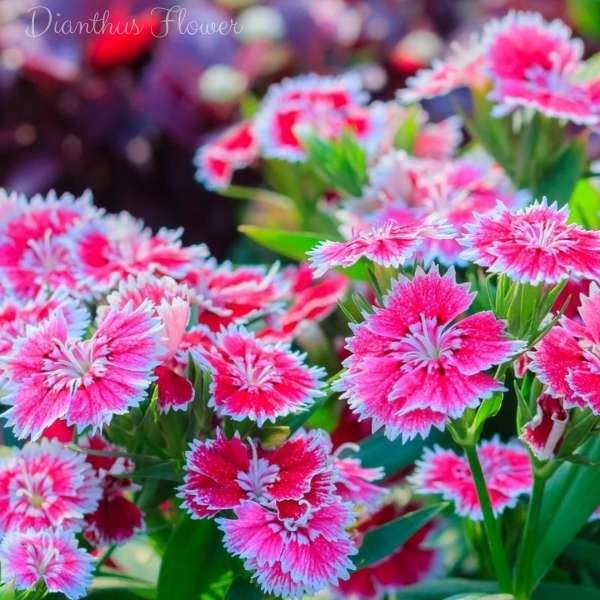
Varieties of Dianthus Flowers
Carnations (Dianthus caryophyllus)
Carnations are the most well-known variety of Dianthus flowers. They are prized for their wide range of colors and long-lasting blooms. Each color carries its own specific meaning:
- Red Carnations: Love and admiration
- White Carnations: Pure love and good luck
- Pink Carnations: A mother’s undying love
- Purple Carnations: Capriciousness
- Yellow Carnations: Disappointment or rejection
Sweet Williams (Dianthus barbatus)
Sweet Williams are known for their clustered flowers and spicy fragrance. They symbolize gallantry and are often used in romantic bouquets and floral arrangements.
Maiden Pinks (Dianthus deltoides)
Maiden Pinks are smaller, more delicate flowers often used as ground cover in gardens. They symbolize simplicity and happiness, bringing a cheerful touch to any floral display.
Growing and Caring for Dianthus Flowers
Planting
Dianthus flowers thrive in well-drained soil with a neutral to slightly alkaline pH. They prefer full sun but can tolerate partial shade. Plant Dianthus in early spring, spacing them about 6 to 12 inches apart to allow for proper air circulation.
Watering
Water Dianthus flowers regularly, especially during dry spells. Avoid overwatering, as this can lead to root rot. The soil should be kept moist but not soggy.
Fertilizing
Feed Dianthus flowers with a balanced, water-soluble fertilizer every six to eight weeks during the growing season. This promotes healthy growth and abundant blooms.
Pruning
Deadhead spent flowers to encourage continuous blooming and prevent the plant from becoming leggy. Cut back the stems after flowering to promote bushier growth.
Uses of Dianthus Flowers
Gardening
Dianthus flowers are a favorite in garden landscapes due to their versatility and vibrant colors. They can be used in borders, rock gardens, and as ground cover. Their compact growth habit makes them ideal for containers and window boxes.
Floristry
In floristry, Dianthus flowers are prized for their long vase life and rich symbolism. They are commonly used in bouquets, wedding arrangements, and as boutonnieres. Their varied colors and forms allow for endless creative possibilities.
Culinary Uses
Interestingly, some Dianthus species, such as carnations, are edible. Their petals can be used to garnish salads, desserts, and beverages, adding a splash of color and a hint of spice.
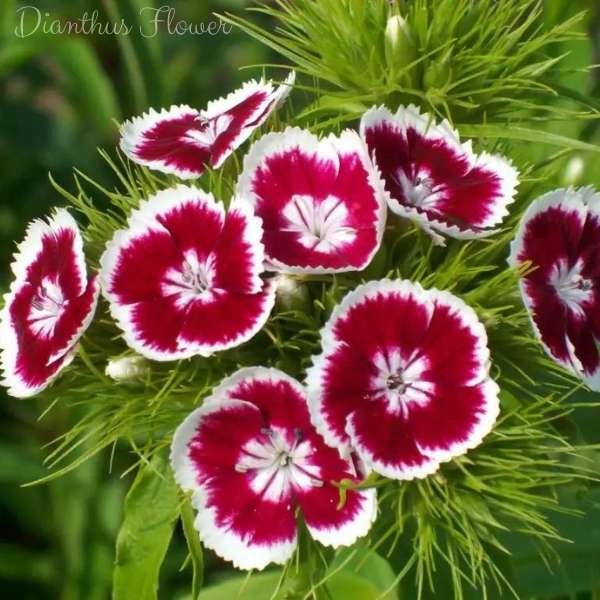
Conclusion
Dianthus flowers, with their divine beauty and profound meanings, are a timeless addition to any garden or floral arrangement. Whether you’re expressing love, gratitude, or admiration, these versatile blooms offer a perfect way to convey your sentiments. Their rich history and cultural significance further enhance their charm, making Dianthus flowers a cherished choice for generations to come.

